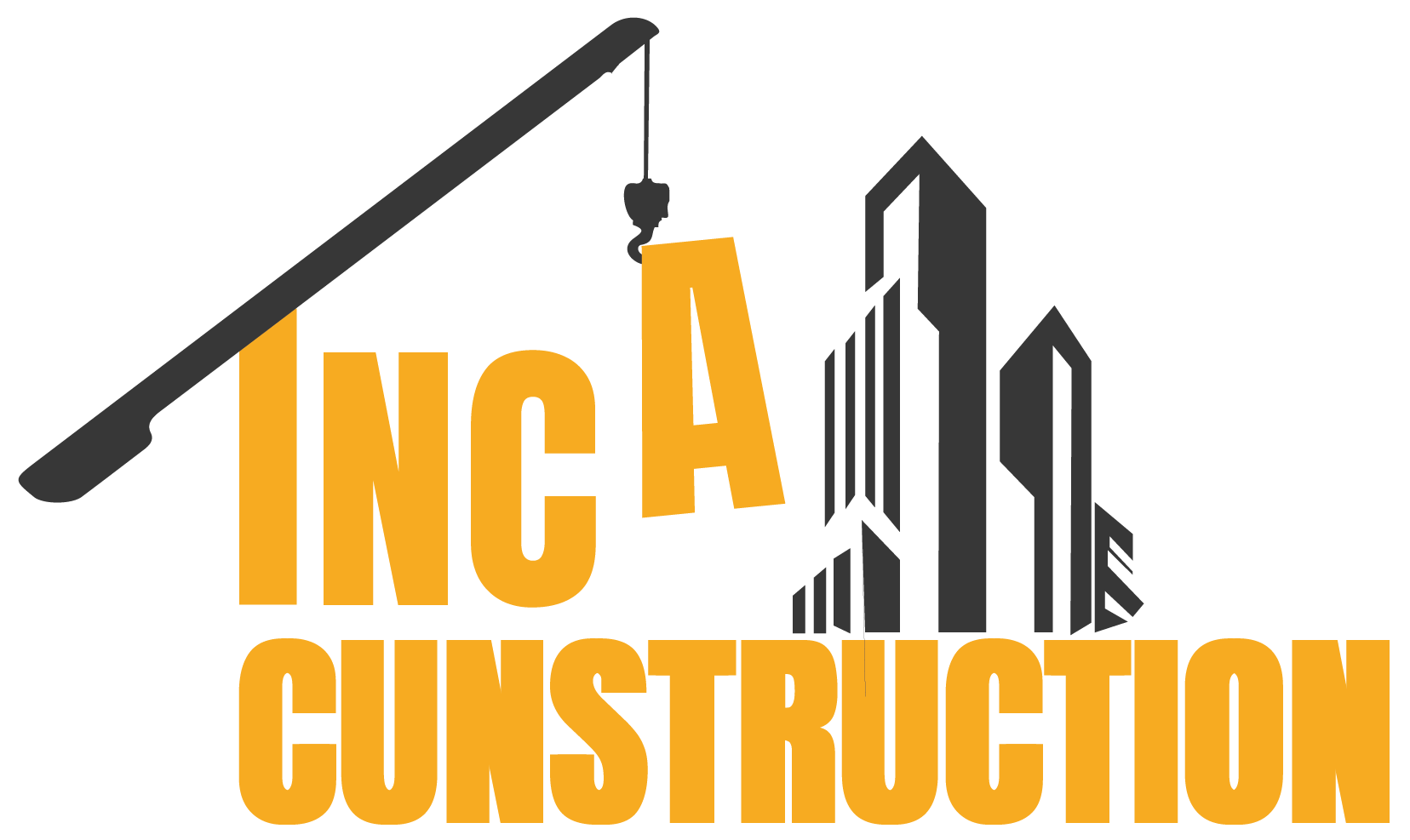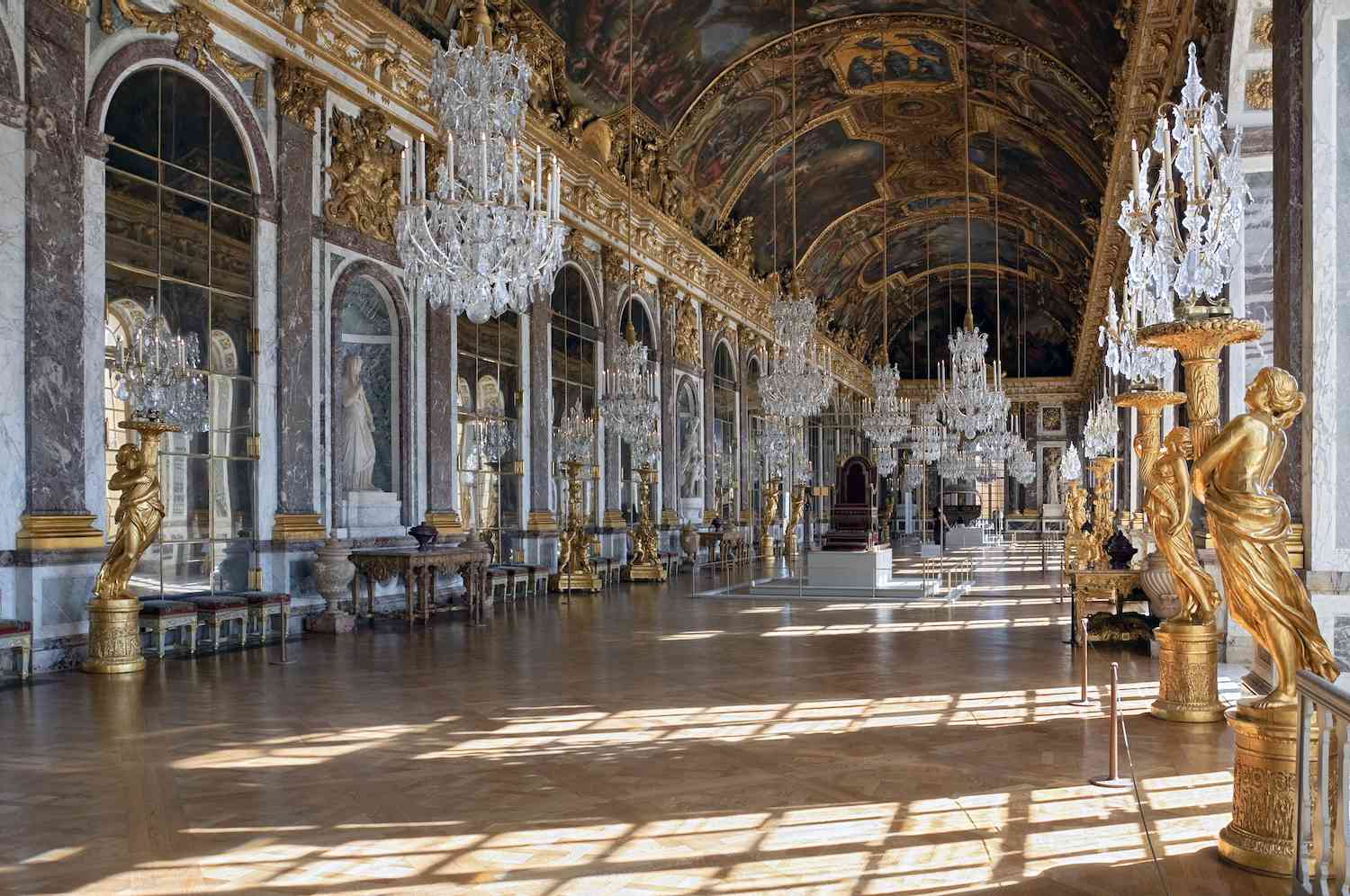I’ll never forget walking into St. Peter’s Basilica for the first time. The moment I stepped inside, I was overwhelmed—golden ceilings, massive columns, light pouring in through high domes, marble sculptures everywhere. It wasn’t just a building. It was a performance.
That’s when I truly felt the power of Baroque architecture—not just as a style, but as an emotional experience.
What Is Baroque Architecture?

Baroque architecture is a highly decorative and theatrical style that emerged in Italy in the late 16th century and spread across Europe in the 17th and 18th centuries. It came after the Renaissance and was driven by the Catholic Church’s desire to inspire awe and reaffirm its dominance during the Counter-Reformation.
So yeah, it’s dramatic—and proudly so.
Key Features of Baroque Architecture:
-
Massive scale and grandeur
-
Rich ornamentation and gilded details
-
Dramatic contrasts of light and shadow
-
Use of curves, domes, and bold geometry
-
Emotional impact through space and design
-
Paintings and sculptures integrated into architecture
If Renaissance architecture was about balance and proportion, Baroque was about movement, emotion, and splendor.
Theatrical Design: Architecture That Tells a Story
What I love most about Baroque architecture is how it pulls you into a story. Every line, every arch, every sculpted angel seems to be doing something—guiding your eye upward, inviting you in, overwhelming you just enough to feel small (in the best way).
This wasn’t just for show. Baroque architecture had a purpose: to evoke wonder, religious devotion, and royal power. Churches wanted to draw worshippers in with awe. Monarchs wanted to display their wealth and control. And the architecture? It delivered.
Where You’ll Find the Best Baroque Masterpieces
🕍 Italy – The Birthplace of Baroque
-
St. Peter’s Basilica, Vatican City (by Carlo Maderno, Gian Lorenzo Bernini, and Michelangelo)
-
Church of the Gesù, Rome – the blueprint for Jesuit Baroque churches
🎠 France – Baroque Meets Classical Discipline
-
Palace of Versailles – Louis XIV’s royal playground of gold, gardens, and mirrors
💒 Germany and Austria – Lavish and Light-Filled
-
Melk Abbey, Austria – an explosion of gold and marble
-
Würzburg Residence, Germany – Rococo elegance growing from Baroque roots
🎭 Spain and Latin America – Baroque with Local Flavor
-
Granada Cathedral, Spain – deeply ornate with sculptural façades
-
Church of São Francisco, Brazil – a stunning example of Portuguese Baroque influence
Every region added its own twist—some more theatrical, others more restrained—but all embraced emotion and extravagance.
Baroque vs. Rococo: What’s the Difference?
These two styles often get confused, and I get why—Rococo grew out of Baroque. But here’s how to spot the difference:
| Feature | Baroque | Rococo |
|---|---|---|
| Emotion | Grand and dramatic | Light and playful |
| Color Palette | Rich and bold (golds, reds) | Soft pastels (pinks, creams) |
| Structure | Monumental and heavy | Delicate and ornate |
| Purpose | Religious/political power | Private, intimate decoration |
Baroque is the cathedral. Rococo is the royal boudoir.
Why Baroque Still Inspires Us Today
Even centuries later, Baroque architecture still makes us stop and stare. And it’s not just about nostalgia—it’s because it taps into something deeply human: our need for beauty, movement, drama, and meaning.
You’ll see Baroque influence in:
-
Modern churches and cathedrals
-
Opera houses and theaters
-
Cinematic set design (ever seen The Grand Budapest Hotel?)
-
Fashion editorials and haute couture
-
Even extravagant hotel lobbies and luxury interiors
It reminds us that architecture isn’t just structure—it’s emotion in stone.
Tips for Experiencing Baroque Up Close
If you’re lucky enough to visit a Baroque site, here’s what I recommend:
-
Look up. The ceilings are often the best part—frescoes, domes, and skylights galore.
-
Walk slowly. These spaces were designed to reveal themselves gradually as you move through them.
-
Watch the light. Baroque architects used sunlight strategically—see how it moves and highlights key features.
-
Look for symbols. Baroque is full of hidden meanings, especially in churches (like light = divine presence, curves = motion, angels = protection).
And most of all? Let yourself be overwhelmed. That’s kind of the point.
Final Thoughts: More Than Just Decoration
Baroque architecture is one of those rare styles that feels alive. It’s dramatic, yes—but never hollow. Every gold leaf, every swirling column, every glowing altar was crafted with purpose: to move you, impress you, and connect you to something bigger.
Whether you’re an architect, a traveler, or just someone who loves a good ceiling, Baroque invites you to step into a space and feel something real. And honestly? That’s what great architecture should do.

